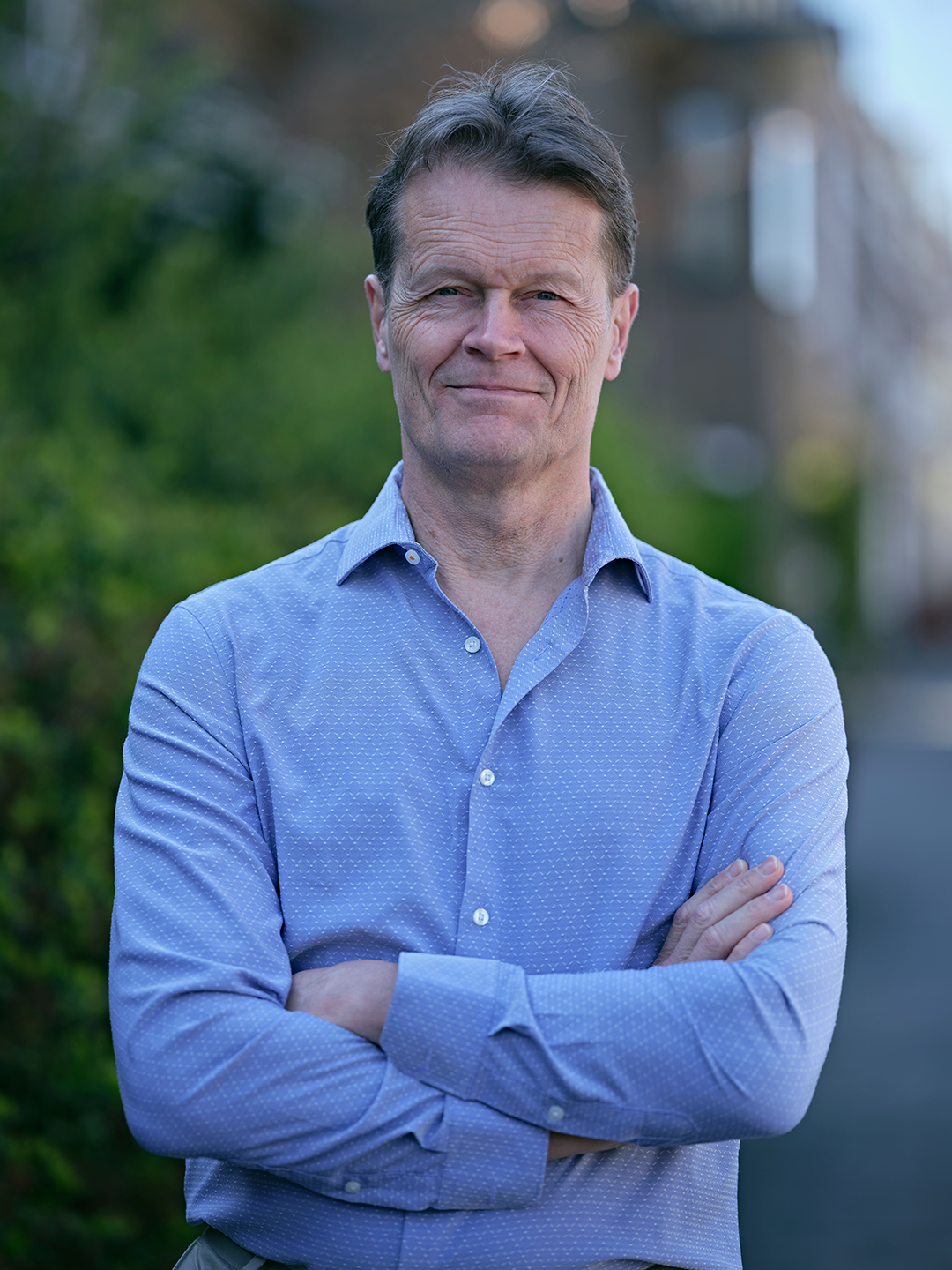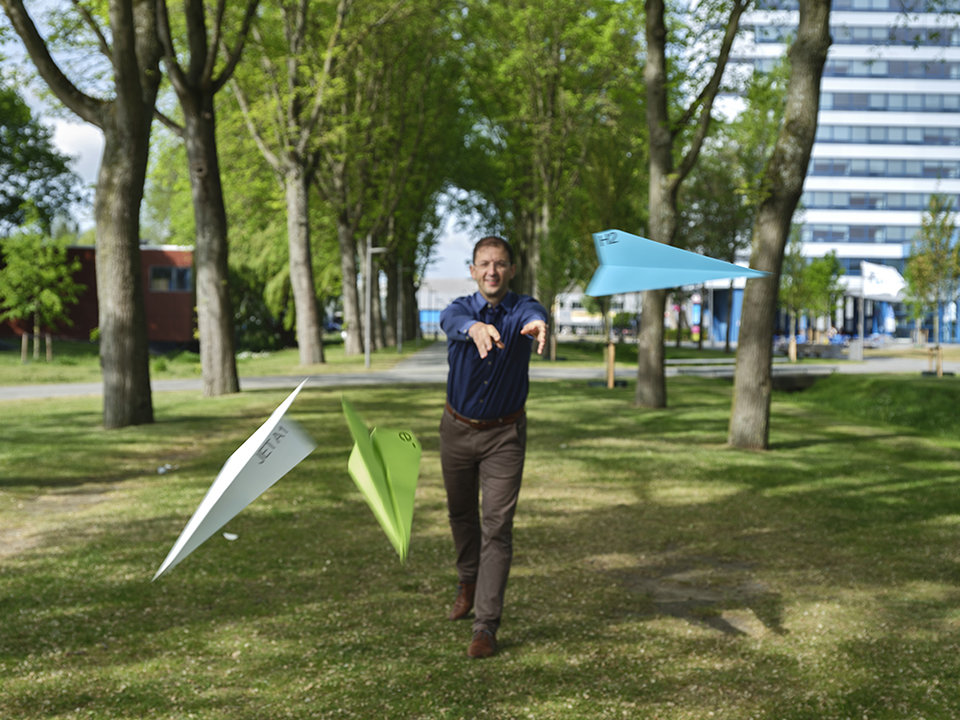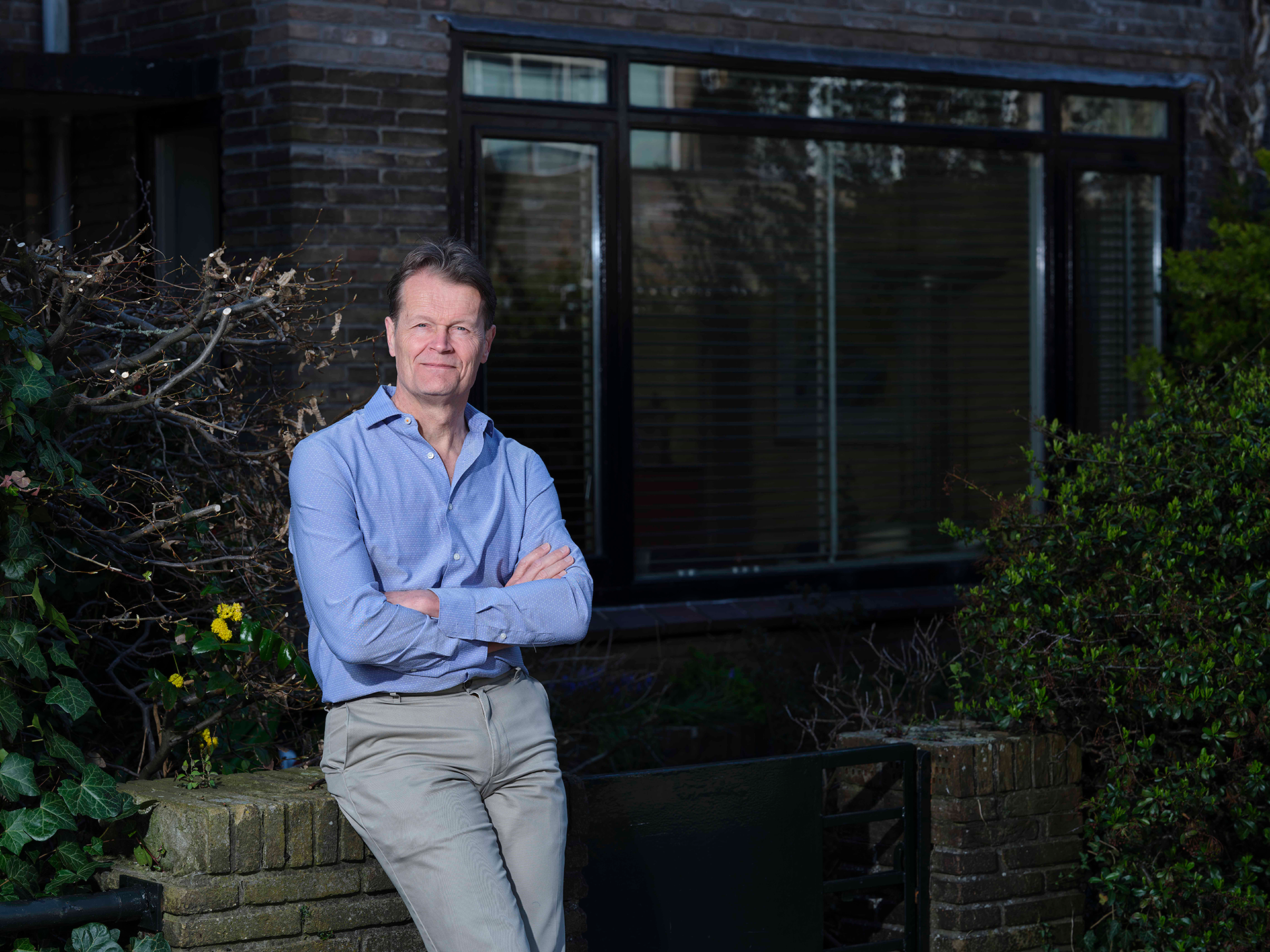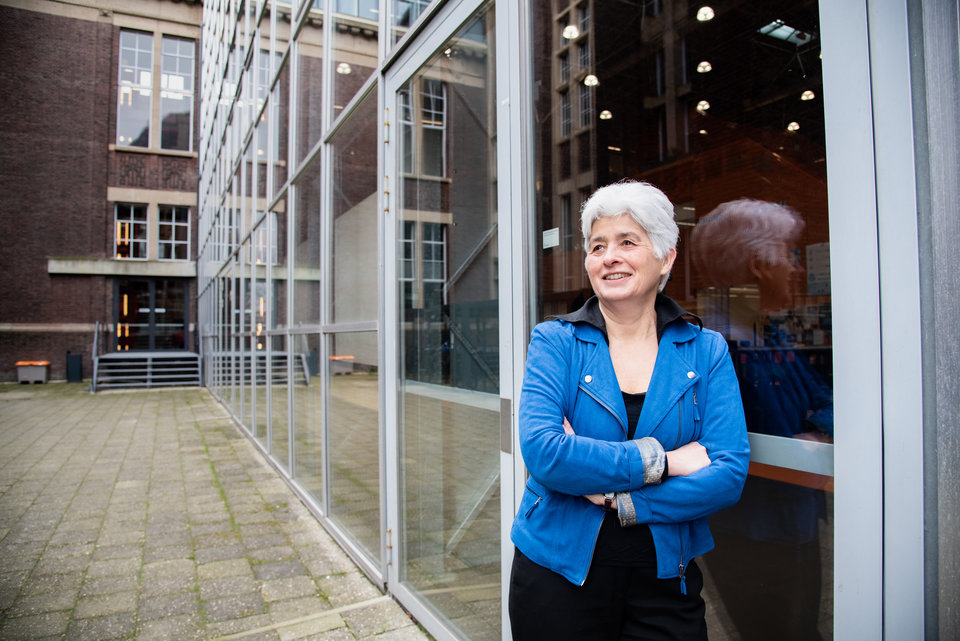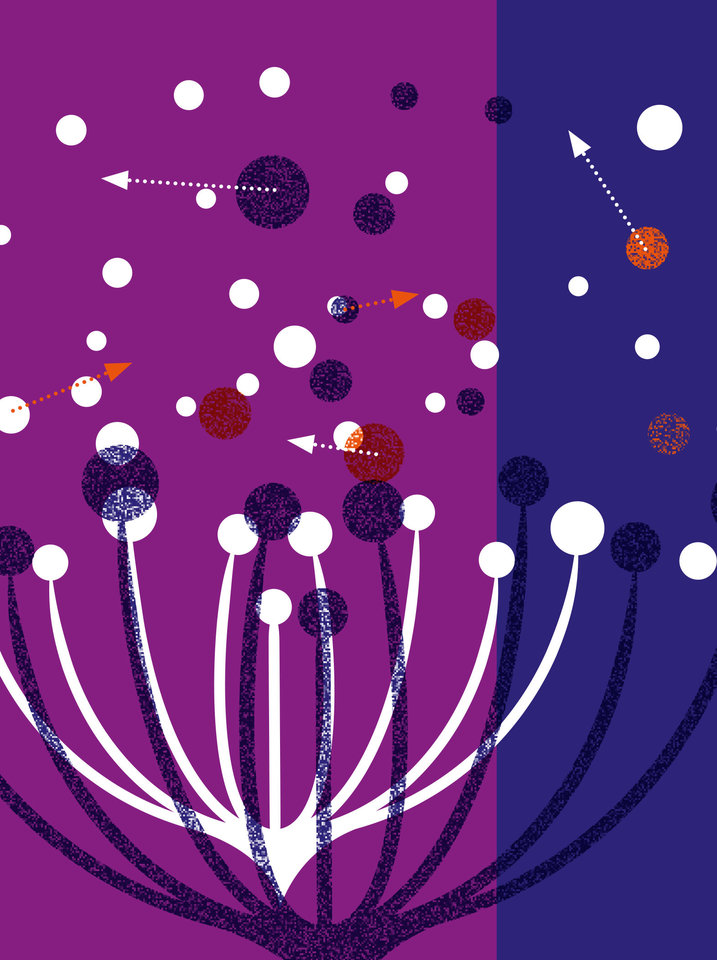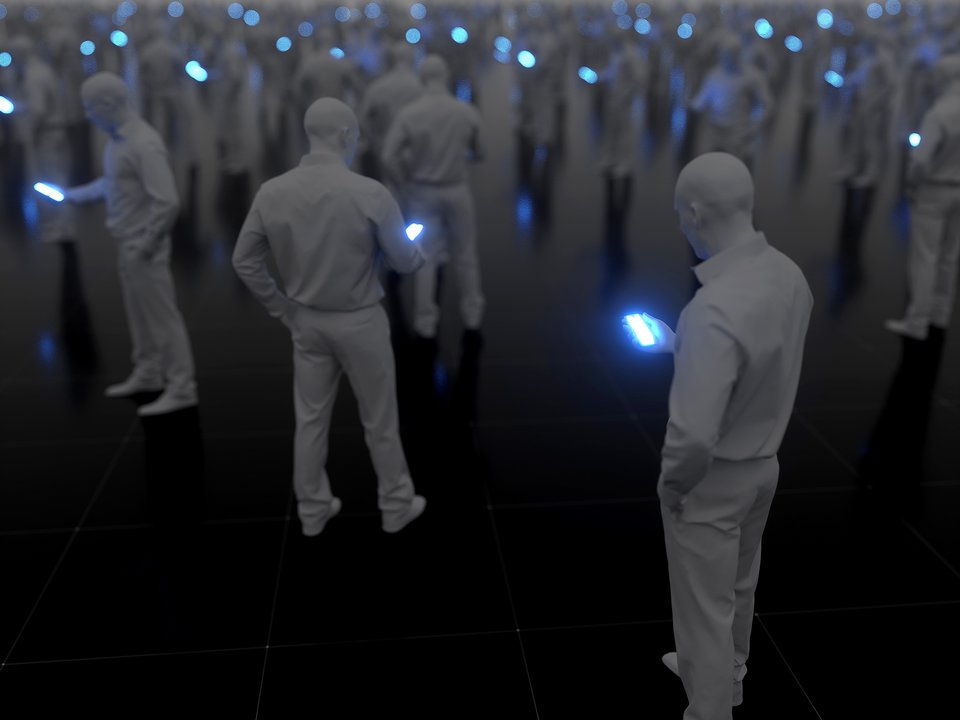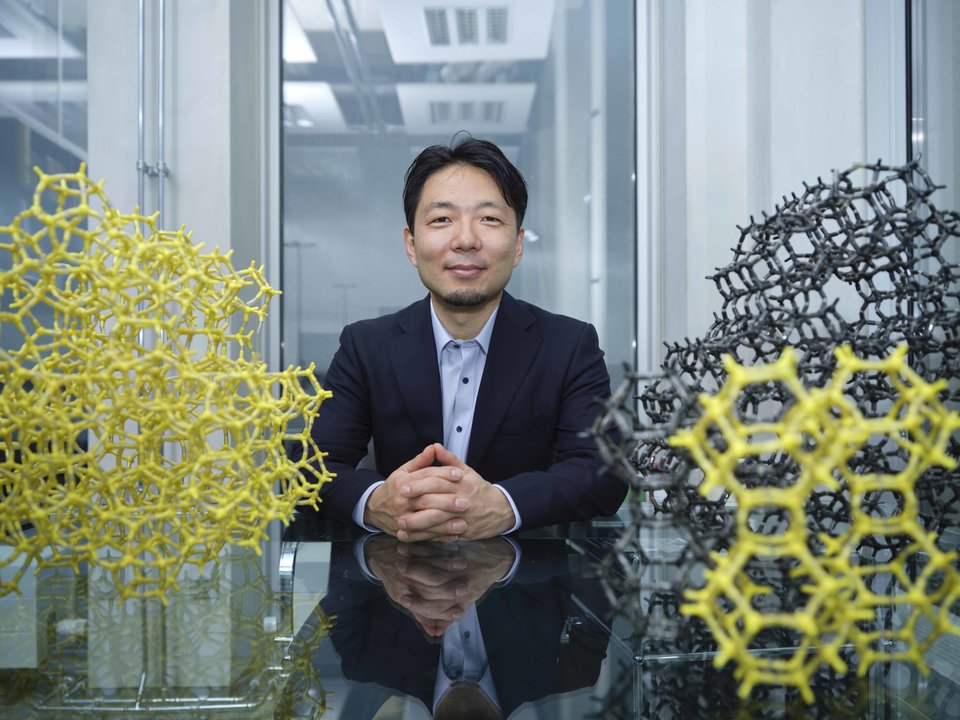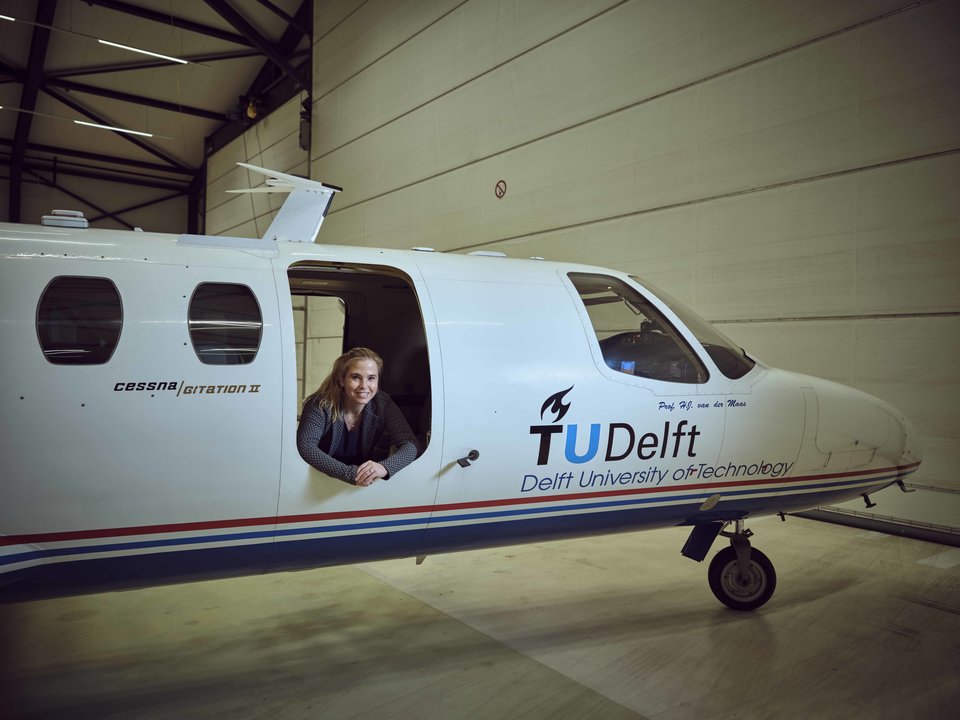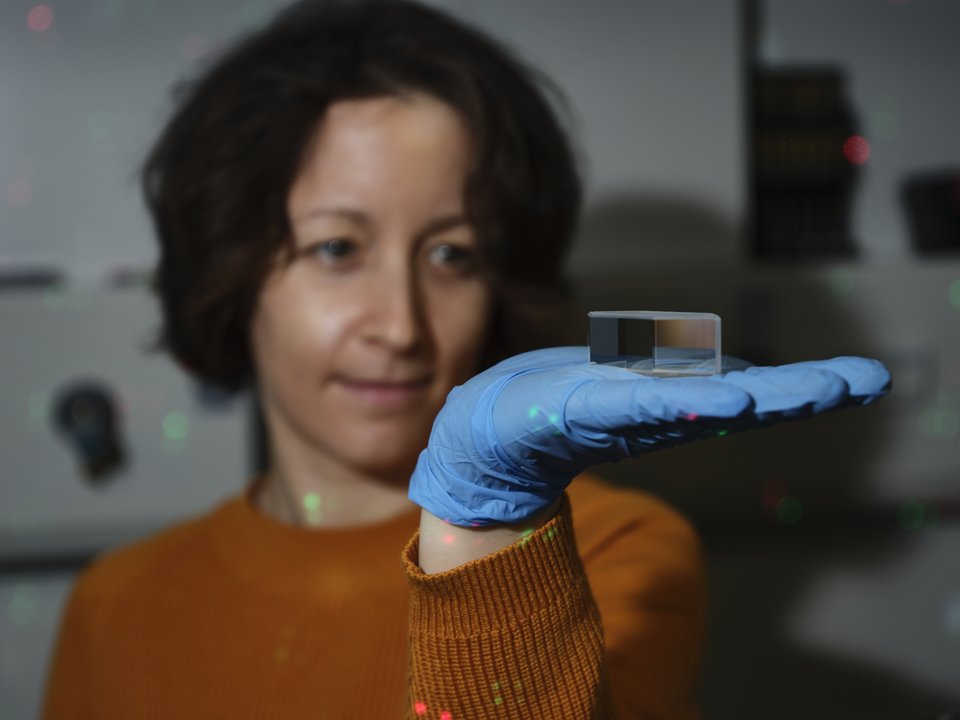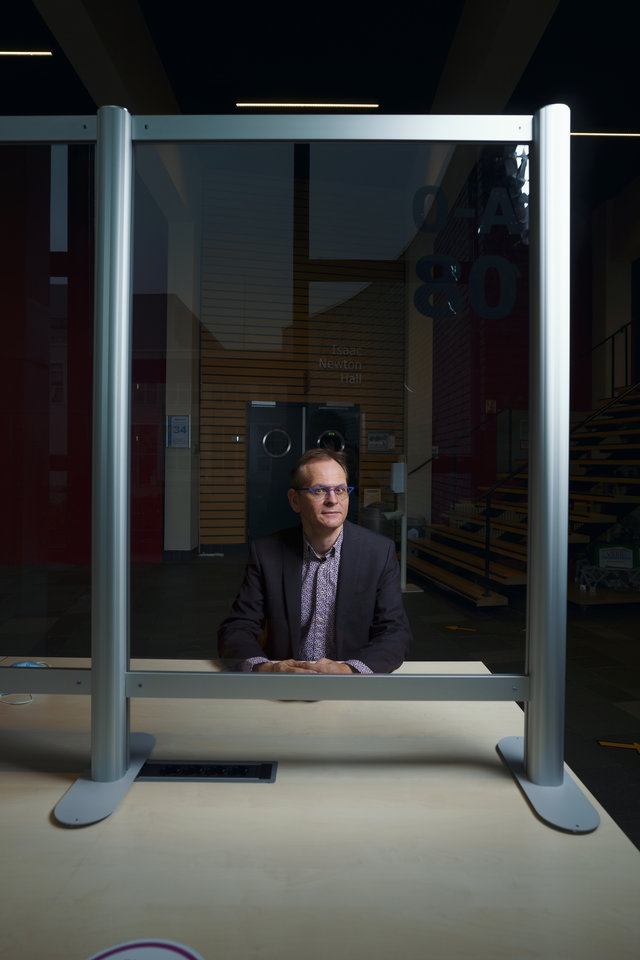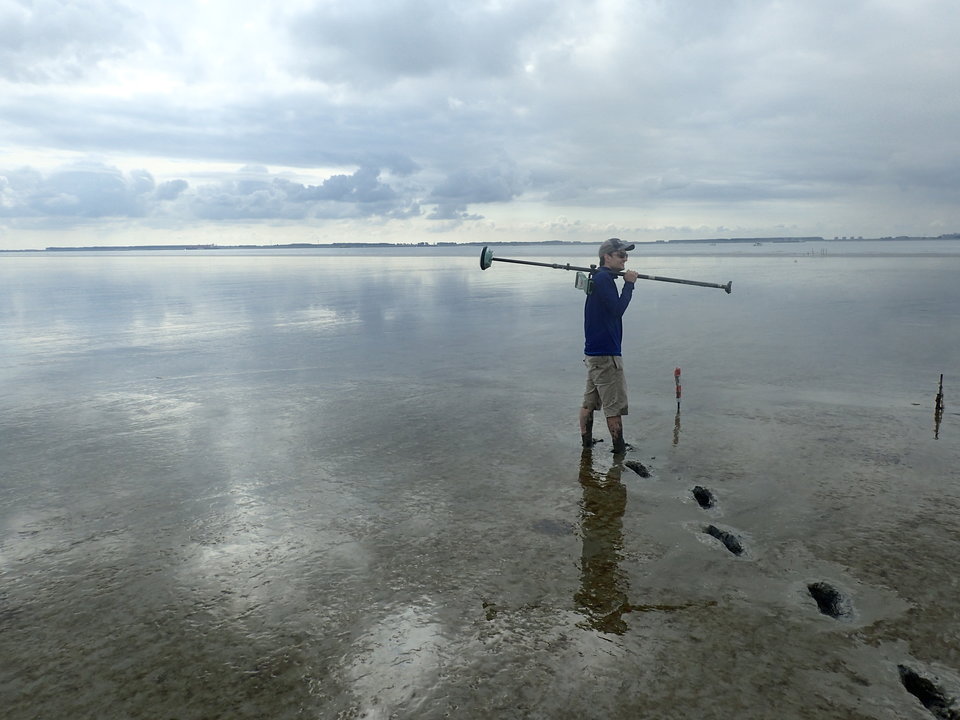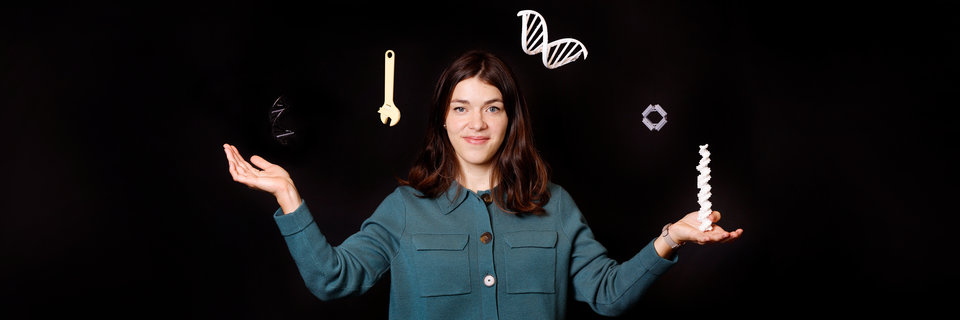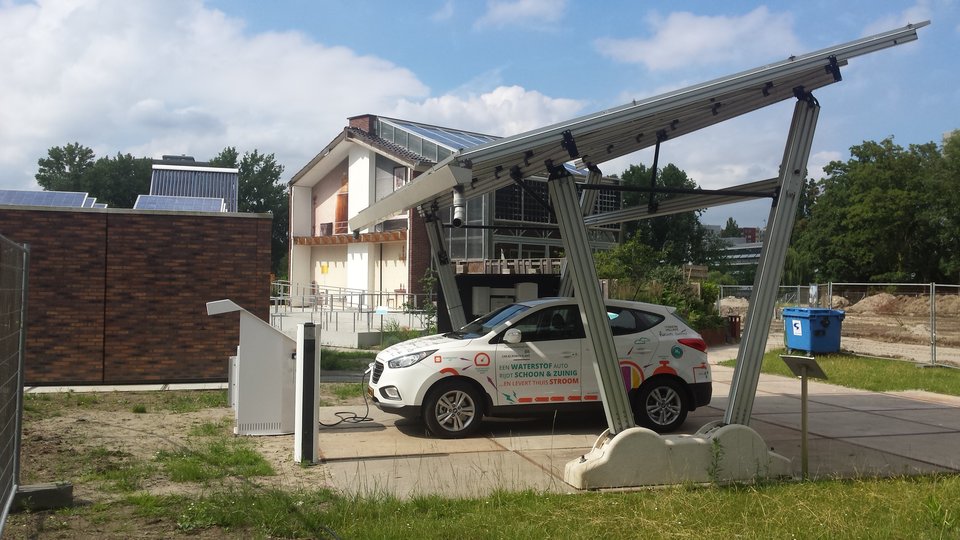The academic globetrotter Aad van der Vaart is one of the world's most prominent and influential scientists in the field of probability theory and statistics. He studied mathematics, philosophy and psychology in Leiden, where he also gained his PhD, and went on to make a name for himself in France and the USA. His next stop? TU Delft: he will be working in the Faculty of Electrical Engineering, Mathematics and Computer Science to raise the concept of causality – research into cause and effect – to a higher level. ‘And,’ continues Van der Vaart, ‘in Artificial Intelligence (AI) it is not always clear why something works. Bayesian statistics may offer a solution to this.’
Spinoza
In 2015 Aad van der Vaart won the Spinoza Prize, the highest award in Dutch science. He received the prize for his research on statistical models that can help trace genes as part of cancer research, for example. This was not entirely unexpected, as his work on mathematical statistics has made Van der Vaart a leading international authority for many years. Yet the living room in his home in the mayor’s district in Leiden doesn't look like what you would expect from a prize-winning scientist. Instead of medals, certificates or trophies, it's the papier-mâché models made by his children, the plant cuttings on the windowsill and the many books that grab the visitor's attention. For example, there’s a book in the bookcase showing portraits of the Obamas, by Pete Souza, the official White house photographer, standing alongside The discomfort of evening by Marieke Lucas Rijneveld. And then there's Rothko, who has a special attraction for Van der Vaart.
Aad van der Vaart
In recent decades Aad van der Vaart has grown to become a prominent figure in his field. When Aad was appointed to Knight of the Order of Orange-Nassau in 2019, Jon Wellner (Professor of Statistics at the University of Washington) said the following: ‘I have known Aad for 34 years. I met him at a meeting in Amsterdam in 1985 when he was still a PhD candidate. Our collaboration over the years has resulted in seven joint papers and a book in 1996, that we are currently revising together. Aad is one of the world's most prominent and influential scientists in the field of statistics and probability theory.’ In total Van der Vaart has written eight books which are hugely important in the field of statistics. ‘Of course you want to be read, but that is not my most important motivation. I really enjoy the process of writing itself.’
Rothko
Mark Rothko belonged to the generation of artists who brought about a complete turnaround in the essence and structure of abstract art. He was an intellectual, a thinker, but according to his friends he was primarily a restless and sensitive being. Rothko’s canvases – often comprising blurred, rectangular blocks of colour – cannot be described in words. His art can only be described through the interaction between the work and the viewer. An interaction that Van der Vaart has experienced for himself several times: ‘I spent a year in Texas, where the Rothko chapel is located in Houston. The chapel is a small octagonal building where people can find calm. Although Rothko seems to be miles away from mathematics, there is a connection between the two: they both express something more profound. Mathematics, for example, is more than just the beauty of a method or a formula. Mathematics is a language, with a life of its own, that describes a part of reality.’
Bayesian
One branch of mathematics that rubs shoulders with reality is Bayesian statistics. Bayesian statistics is used to continually update probabilities on the basis of newly acquired information. A Bayesian analysis therefore not only gives the most plausible conclusion, but also the uncertainty we still feel about it. Van der Vaart explores the best ways of obtaining information from all these messy data, and what the realistic error margins are. At TU Delft Van der Vaart is hoping to make a new step forwards in this by merging Bayesian statistics with artificial intelligence. Van der Vaart: ‘There is a concept known as deep learning. Sometimes deep learning works extraordinarily well, but why this should be so – why it works – is tricky to explain. Mathematics is about the approximation of functions. There are many classical theories about how you can code functions, but it looks like AI has managed to generate a new class of functions that can perform that coding even better.’
Combining it with mathematics or physics, for example, will help you to open it up and take new steps.
Cross-pollination
People tend to associate AI with deep learning: learning from huge amounts of data with the aid of enormous neural networks, with successful applications in speech and image recognition, for example. By combining deep learning with mathematical models, you can also make great progress in other domains. It is then often a matter of understanding and not just predicting. Cross-fertilisation with Bayesian statistics can reveal uncertainties in the analyses.
Sometimes deep learning works extraordinarily well, but why this should be so – why it works – is tricky to explain.
However, without a fundamental understanding of why deep learning works like it does, the application of deep learning will ultimately be limited. And to better understand how AI works, you need mathematics. In other words: a cross-pollination with Bayesian statistics. Is bringing different disciplines together something that has always been done? ‘Yes,’ explains Van der Vaart. ‘Take smoking, for example. As far back as the 1950s it was clear to everyone that smoking is bad for your health. But Ronald Fisher, a well-known British statistician, refused to acknowledge this. As a habitual smoker, he always rejected observational research that seemed to show that smoking really was unhealthy. Based on the data and statistical methods of the time, he may have been right. However, if you compare this with biological data, you soon know better. You almost always discover more if you hold something up against a different branch of science. Right now the world of AI is pretty well closed: you have a box of data and a black box model. Combining it with mathematics or physics, for example, will help you to open it up and take new steps.’
New Master's course
And besides Bayesian statistics, there's also causality – that a particular event is a direct consequence of yet another event. Van der Vaart: ‘Causal questions are at the heart of science, also in economics and epidemiology for example, where it is often impossible to measure causes and effects through experiments. Examples of such questions are: Will people work harder if you introduce a basic universal income? Will you become more healthy if you change your diet? Artificial intelligence is very good at finding correlations and using them to make predictions in an unchanged world. To answer such questions, however, you want to predict what it would be like in a changed world. This involves cause and effect, of which computers, of course, know nothing. Statistical models that correct for other, non-causal, explanations do allow for causal reasoning. Alternative explanations are often complex, so AI techniques are very promising for building and validating such models. This is why I shall be teaching the Master's course in Causality from the start of the 2021-2022 academic year, for the very first time. I want to teach the Delft master's students something about this part of modern statistics, and what it can be used for, because causality encompasses so much. Not just technology, but also an introduction to critical thinking.’
I want to teach the Delft master's students something about Causality, and what it can be used for.
Beauty
Critical thinking, the desire to understand the world, is an integral part of who Van der Vaart is. Or so it seems. Van der Vaart: ‘I grew up in Vlaardingen in the 1960s – a place where quite literally nothing ever happened. A small fishing town with a traditional harbour. As the years passed, Vlaardingen became increasingly characterised by the oil industry. In this period I wanted to understand everything. And I thought I could do everything. You think that you have an infinite amount of time, but – sadly – that's not the case. In the end I chose mathematics, the beauty of mathematics.’
Efficiency
Yet this beauty has a downside, continues Van der Vaart. And that is mainly to do with efficiency – achieving your goal with the minimum of means. ‘I pursue efficiency because of its beauty. Nowadays, however, efficiency is increasingly linked to the more banal goals in life. Every single process, every form of interaction, must be optimised. I often find myself thinking: “Oh well, what does it matter if something takes twice as long or takes a bit of a diversion?” It may sound crazy, but I think this also applies to the present generation of students. In the past we barely gave a thought to the future, what life would bring, putting enough aside for your retirement. You just did what you thought was best and the rest would follow automatically. Nowadays – sadly – that is no longer the case.’
Horizon
Van der Vaart does his best not to get involved in the social drive for efficiency. ‘For me there's no such thing as a plan or an ultimate goal. I have plenty of ideas, but I don't set any distant goals for myself to chase after. I have written some articles that no-one could make any sense of, articles that have been cited three or four times at most. But I wrote them because I wanted to write them. In the coming years I will be focusing on causality, Bayesian statistics and AI, and I'm sure to publish a couple of things. I'll probably write another book and supervise a few PhD candidates. In my usual way I’ll just drift along and go with the flow.
DIAM
Go with the flow and embrace coincidence. That is Aad van der Vaart's philosophy in life and it is also what led him to TU Delft. He also has a strong click with Geurt Jongbloed, head of the Delft Institute of Applied Mathematics (DIAM). Van der Vaart: ‘Geurt presented me with a meaningful challenge that I just couldn't say no to. During the coming years I will be sharing all the knowledge that I have amassed during my career with the students at TU Delft. And in Delft I will continue to do the things that I have always done.’
Or as Joke J. Hermsen once wrote – in the catalogue of the Stedelijk Museum Zwolle – about the work of Rothko: ‘As soon as you stand in front of one of his large, abstract canvasses, you find that you are no longer hounded by the merciless ticking away of the clock, but that you enter into another, more personal experience of time. This time seems not only to suite us better and to leave us feeling less restless and rushed, but also to inspire us to reflection and contemplation.’
Text: Dave Boomkens | Photography: Frank Auperlé
More information
Dave Boomkens
Communications Officer at the Faculty of Electrical Engineering, Mathematics and Computer Science,
+31 6 40 28 75 77
d.j.boomkens@tudelft.nl

